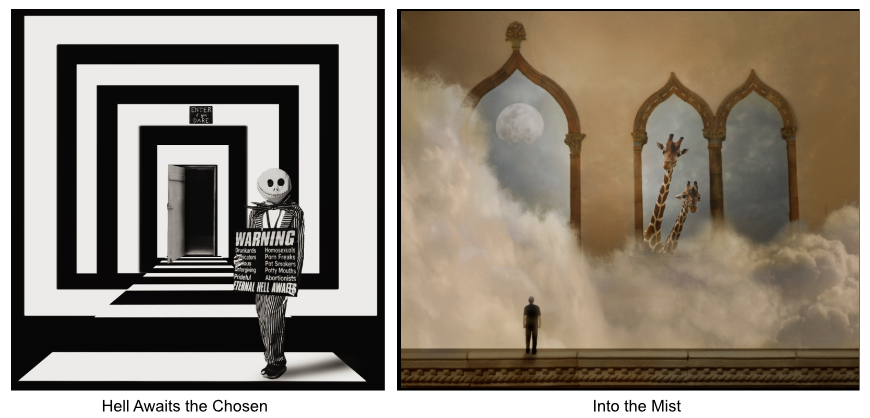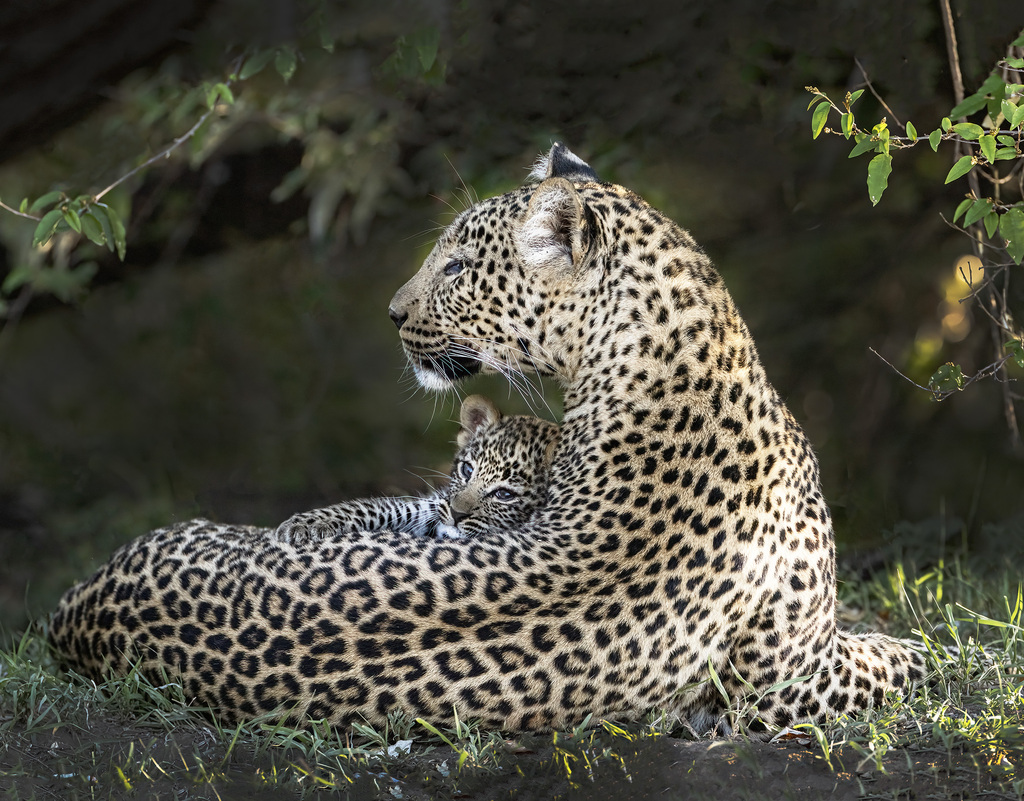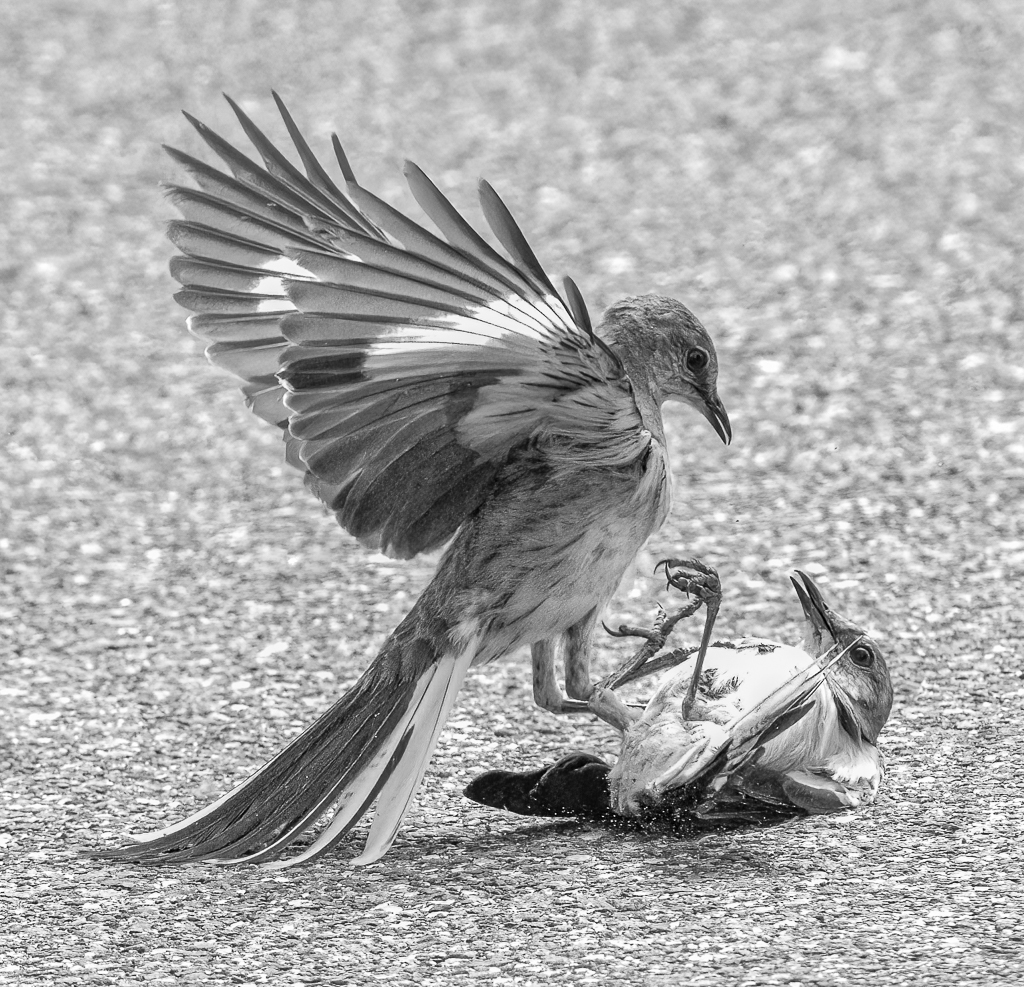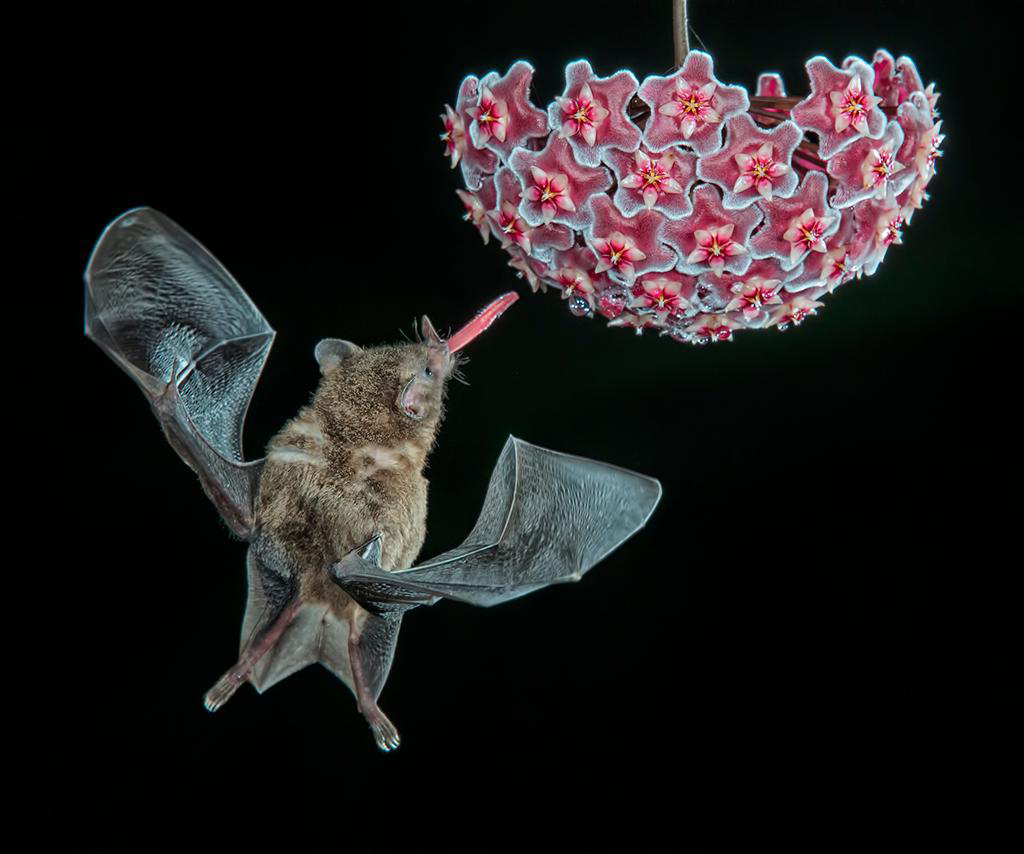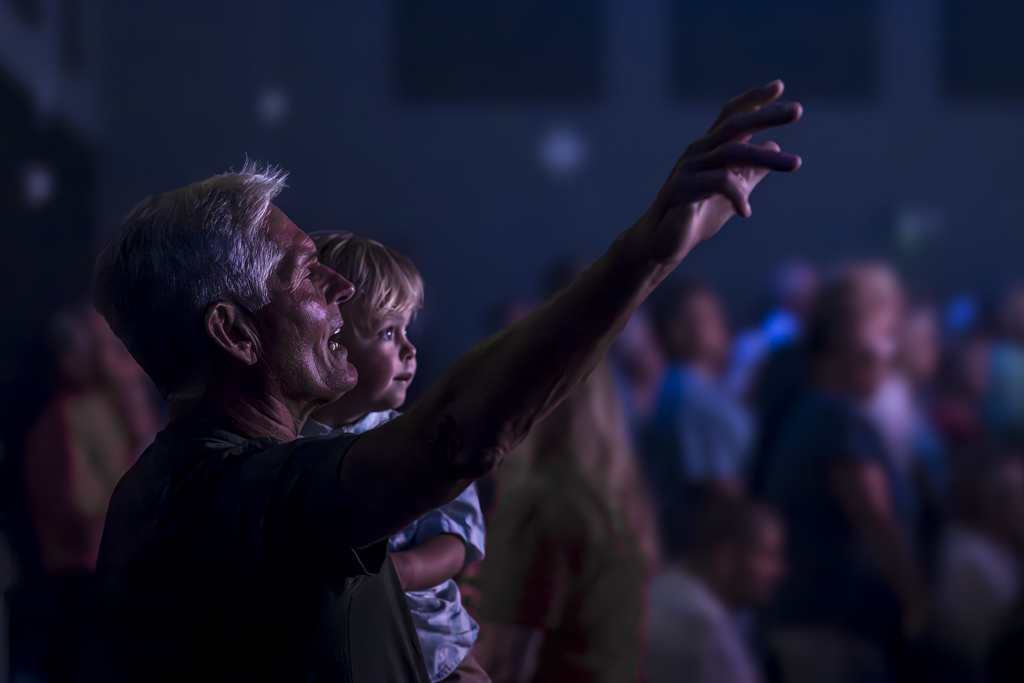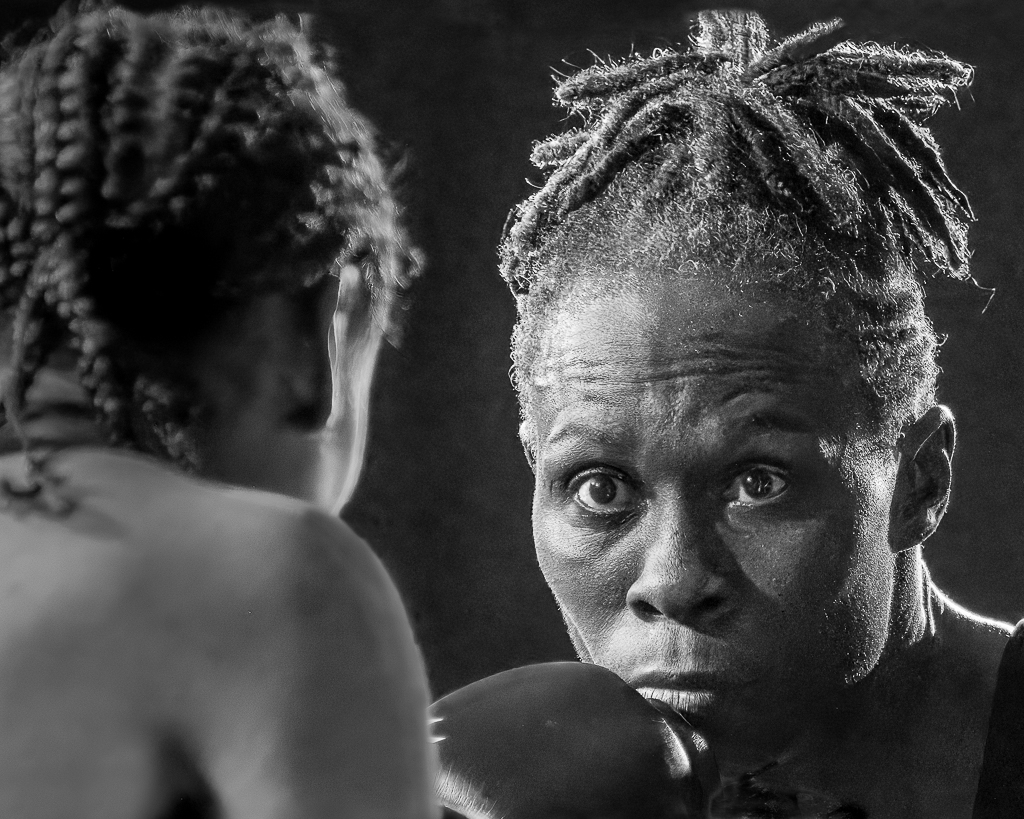Carol Heffernan – Naples at Night
2024 Second Best of Year How I did it. The shot you want is not always the shot you take… Karen and I went to take sunset shots from the bridge by Tin City. Of course there were no clouds, so no sunset. We stayed to watch the lights come on and I shot a wide angle of … Read more


